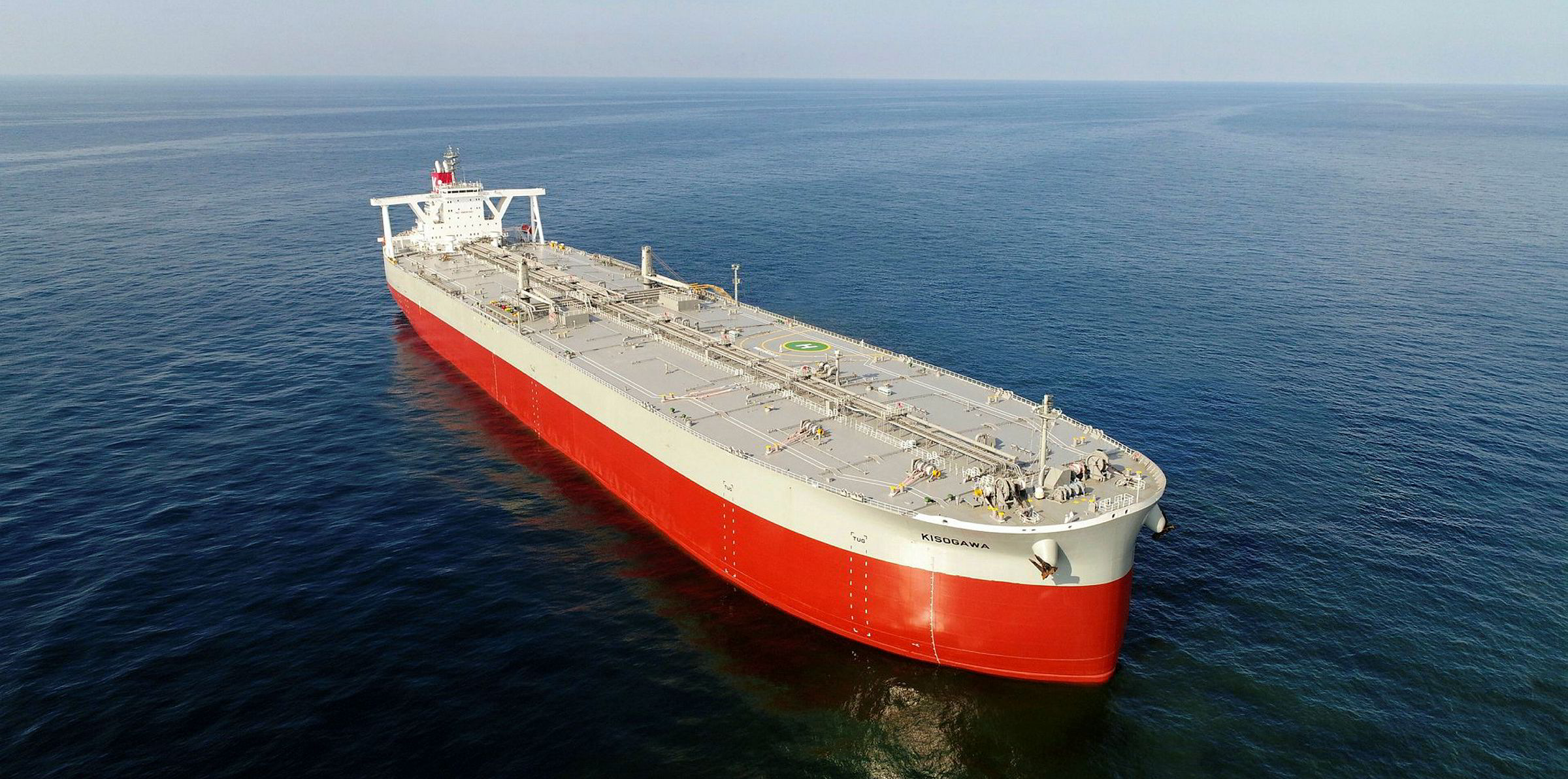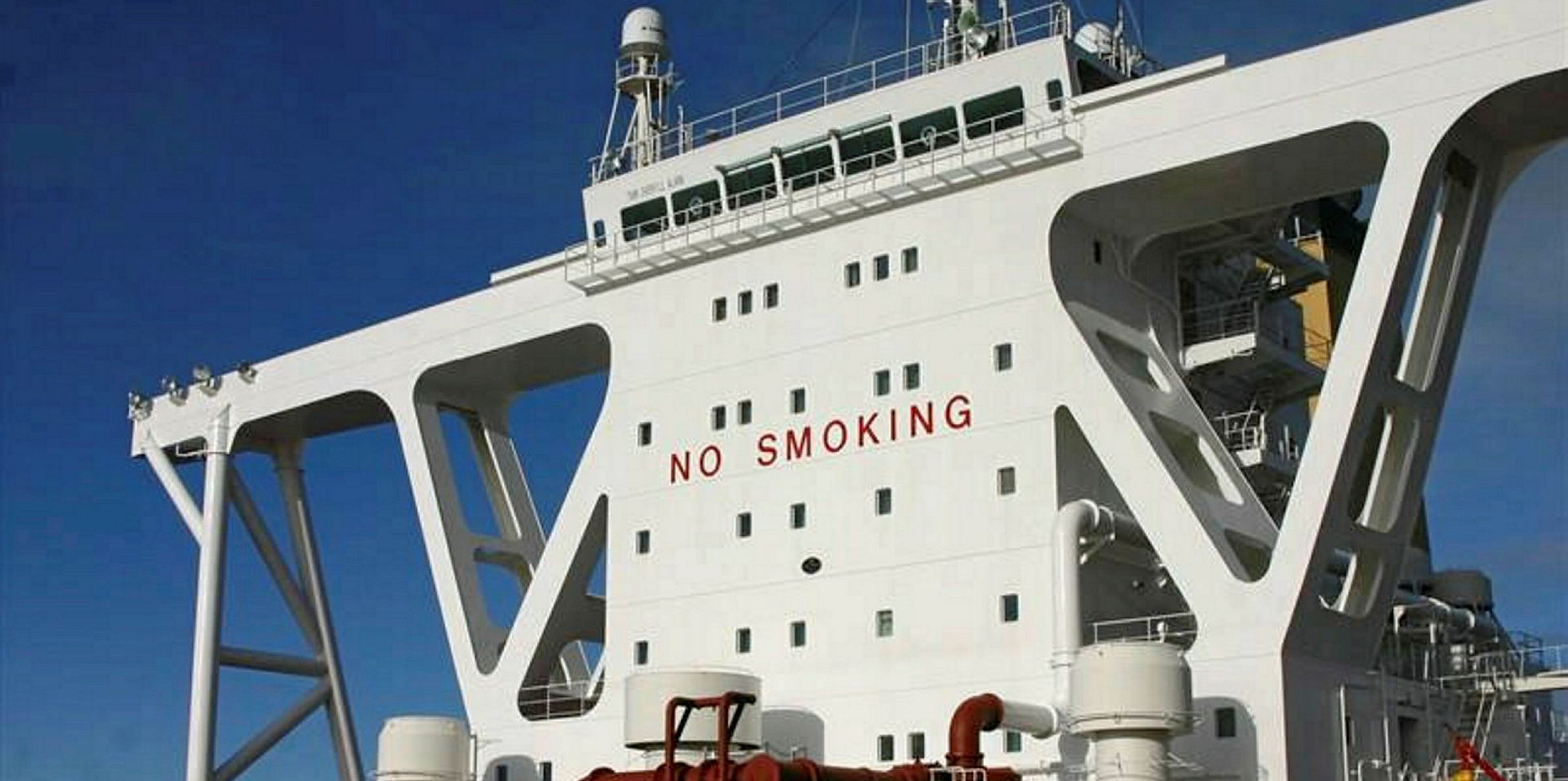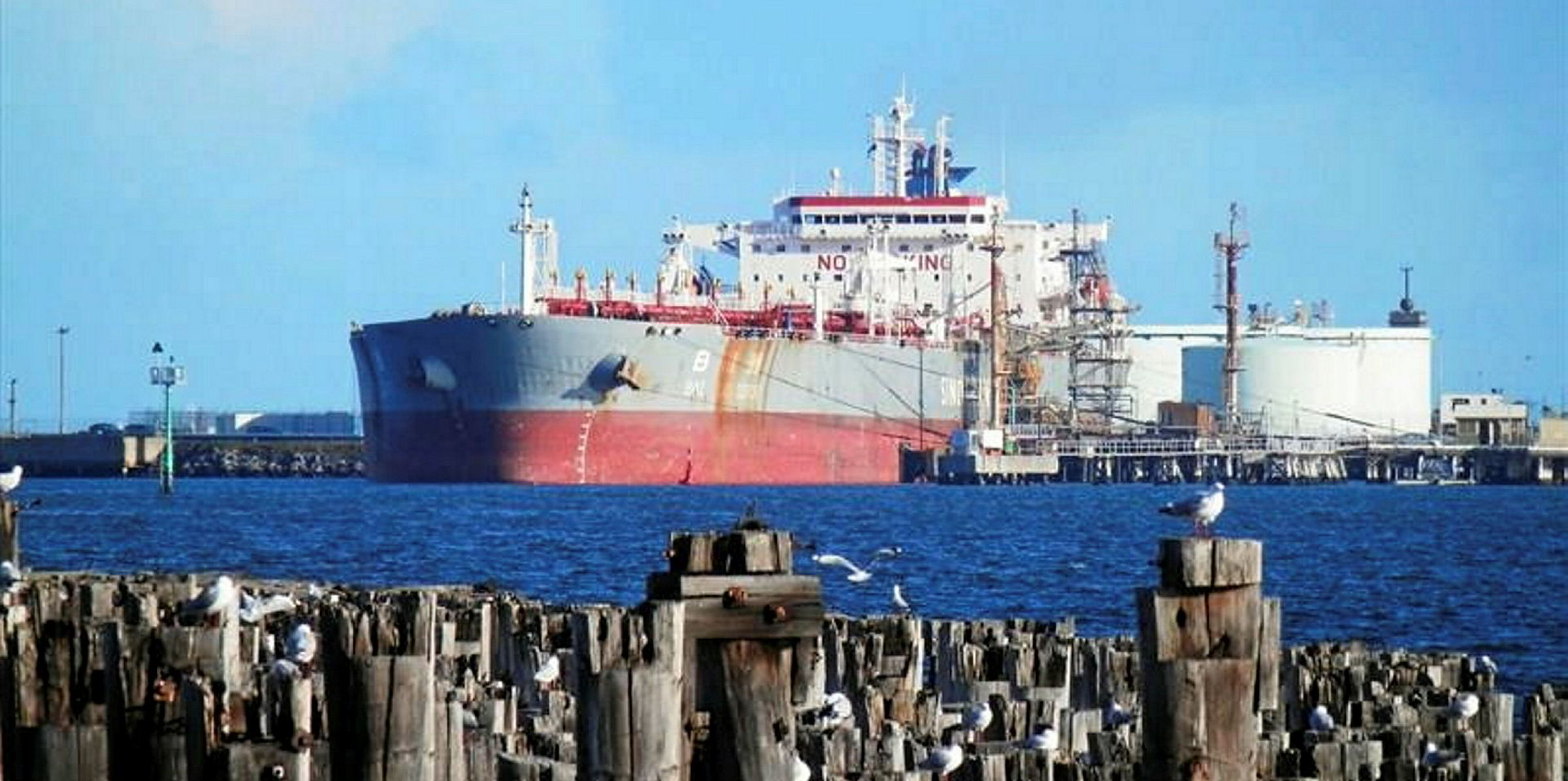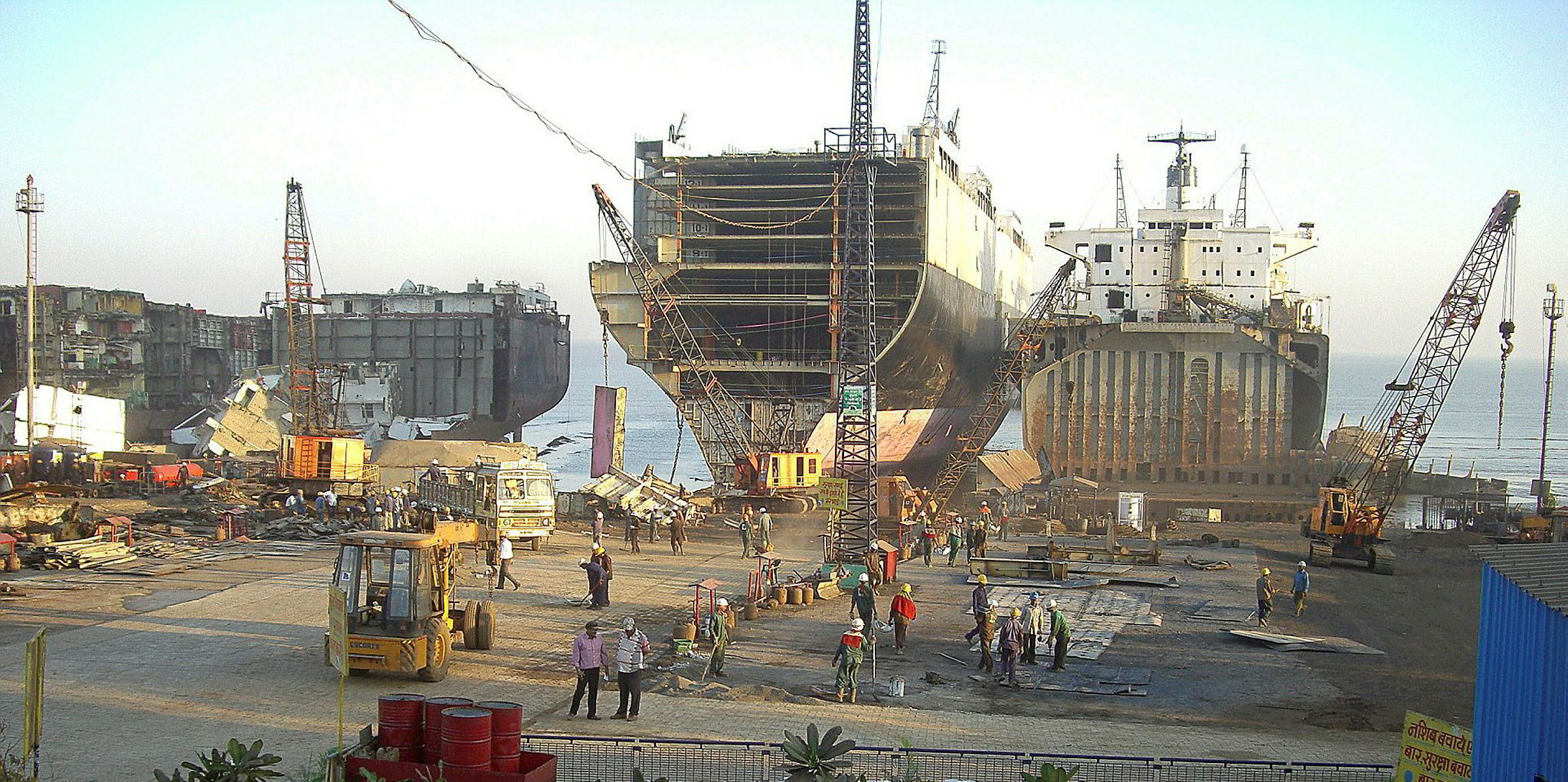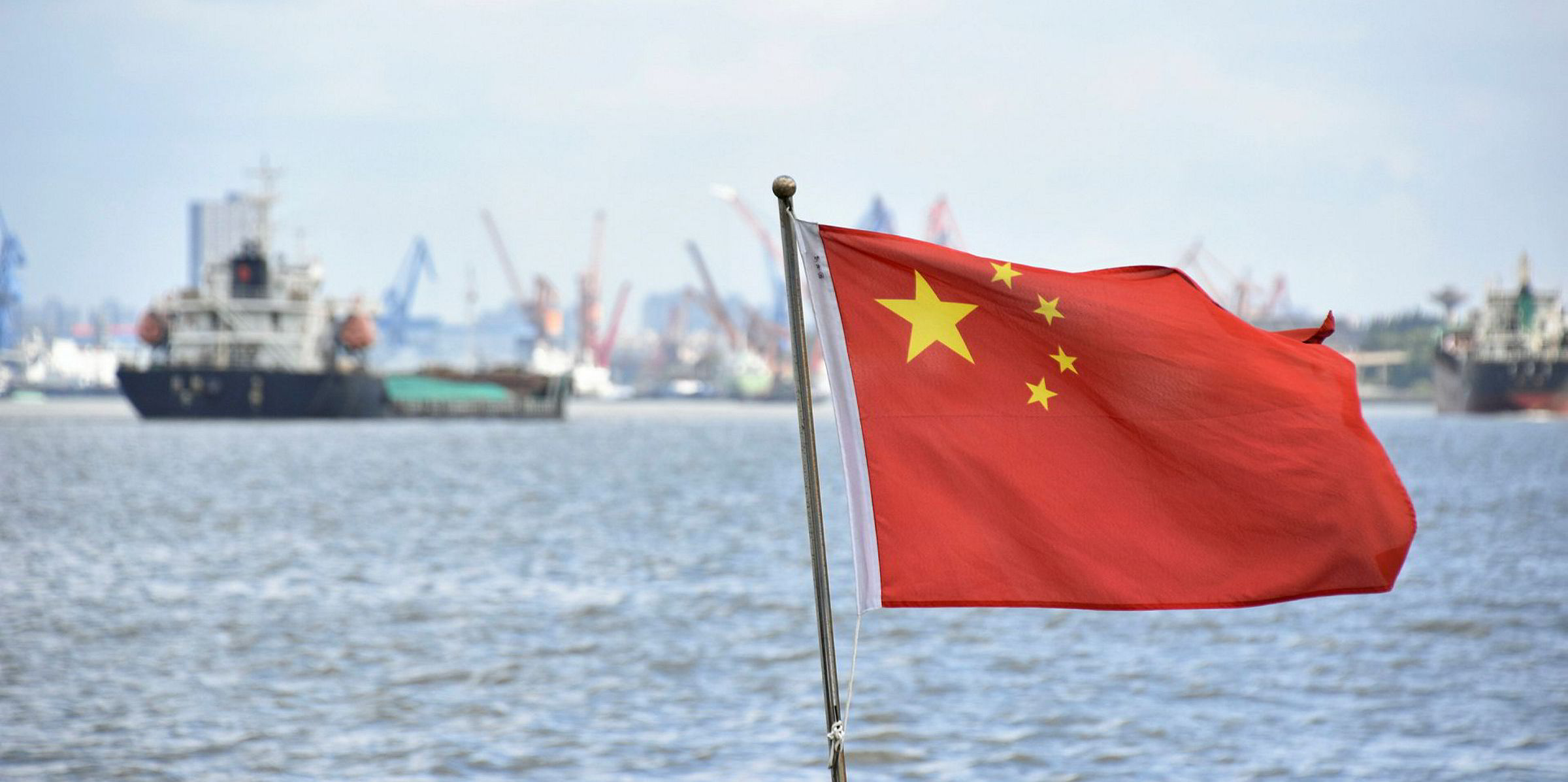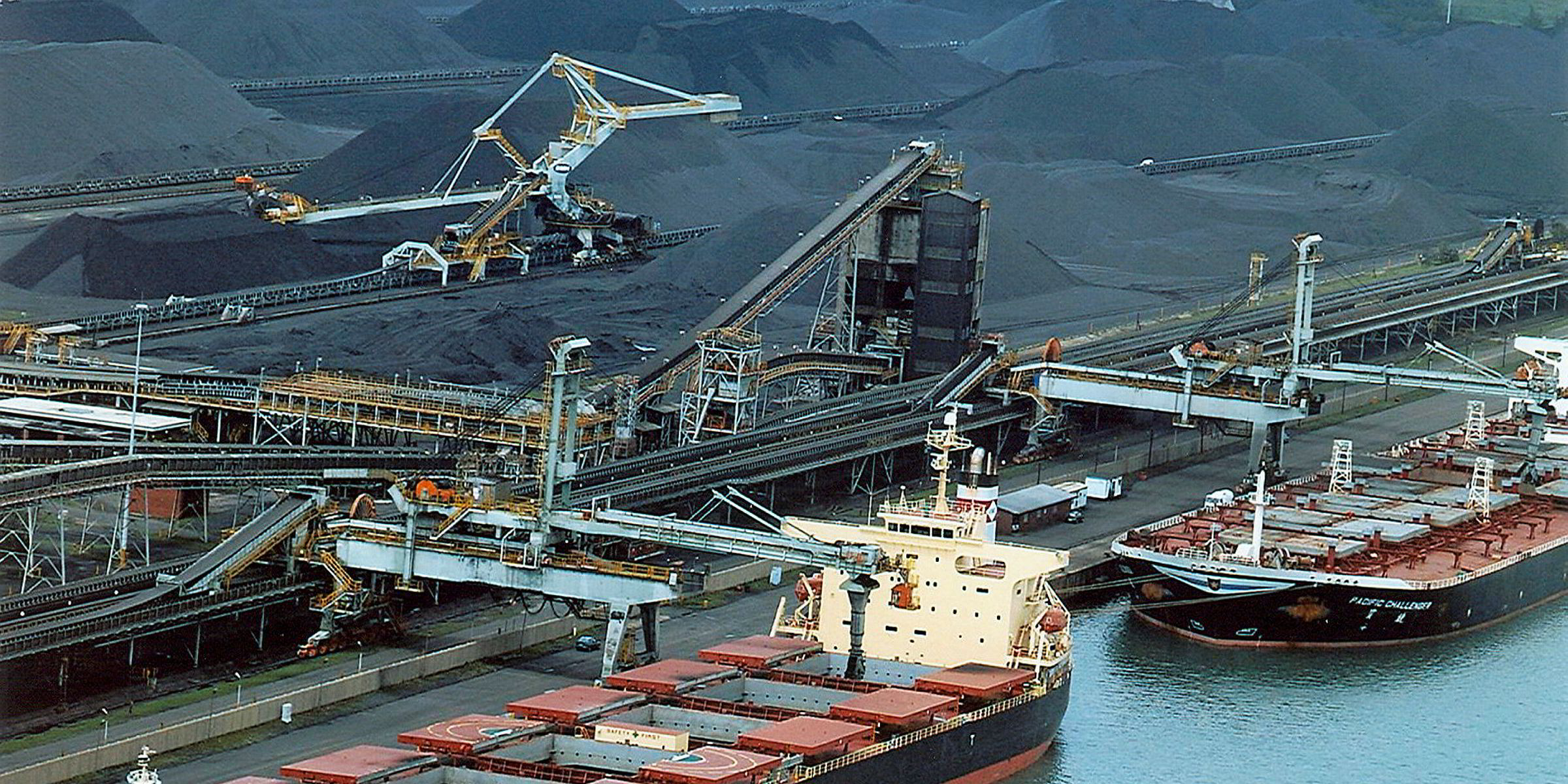Tankers will enjoy stronger earnings prospects than bulkers and boxships in the short run as the coronavirus crisis plays out, according to analysts.
In a Bloomberg webinar held on Wednesday, the negative impact of the Covid-19 outbreak on consumer demand and manufacturing activity was highlighted amid heightened fears over a global recession.
“The economic effects of the coronavirus will weigh on global shipping demand, especially for dry bulk and liners,” Bloomberg Intelligence’s senior freight transport analyst Lee Klaskow said.
While the two sectors are plagued by sluggish demand for shipping raw materials and containerised goods, tankers have been boosted by an oversupplied oil market amid the price war between Opec and Russia.
The market performance of tankers — especially that of crude tankers — is “absolutely staggering”, according to Bimco’s chief shipping analyst Peter Sand.
Buoyant short-term demand
Having spiked above $250,000 per day on 16 March, spot VLCC earnings on the TD3C benchmark Middle East Gulf-China route corrected sharply to $88,742 per day on Tuesday, according to the Baltic Exchange.
However, as charter activity recovered, the TD3C earnings climbed back to $100,176 per day on Wednesday.
Average suezmax earnings stood at $56,382 per day and aframax at $48,282 per day.
“Tankers trade at three to four times their break-even,” Klaskow said.
With the price war expected to trigger more crude shipments and floating storage demand, tanker earnings are expected to stay strong in the short run, according to many tanker players.
While recognising all classes of crude tankers are still making “very good profits”, Sand warned of a downward correction when Russia and Opec kingpin Saudi Arabia complete their “play on geopolitics”, though.
With the collapse in oil consumption due to the Covid-19 pandemic, Sand expected the two major producers will eventually need to reduce their output. “[Otherwise] who's going to buy this oil as cheap as it may be?” he asked.
Bulker demand disrupted
Meanwhile, bulk carriers have been operating at loss-making levels this year, with low Chinese demand for raw materials hitting large-sized ships particularly hard.
The Baltic Exchange assessed the weighted time charter average of capesize bulkers at $3,903 per day, panamax at $6,484 per day and supramax at $7,724 per day on Wednesday.
State-run China News Service earlier reported seven Chinese provinces had launched CNY 25trn ($3.59trn) investment programs that focused on infrastructure, but there remained doubts over whether Beijing would be willing to give the go-ahead for such large fiscal programmes amid piling debts.
“Chinese stimulus measures could … drive steel output and demand for iron ore. But I guess we'll have to see what the true effects of that is,” Klaskow said.
Relatively supported by the grain export season in South America, the supramax and panamax segments may face disruptions to shipping demand due to quarantines, according to Sand.
If the virus control measures are not carefully implanted, Sand expected the closure of cities to keep trucks from entering ports and result in a halt of grain exports from Brazil and Argentina.
“The coronavirus spread may end up ruining the party,” Sand said.
Double blows to container shipping
As for container shipping, readings of Shanghai Containerized Freight Index and Freightos Baltic Global Container Index remain weak, with subdued demand on main trading routes.
China — which accounts for one-third of global container volume — saw box throughput at coastal ports amount to 13.6m teu between January and February, according to Alphaliner. This represented a 10.1% fall compared with the same period of 2019.
Citing the weak manufacturing activity in East Asia, Sand said: “We may see container shipping developing into the epicentre of the crisis in the global shipping industry.”
With lockdown measures in Europe and North America, there could be “a second hit” to container shipping due to low consumer demand in the regions, according to Sand.
“Some liners are trying to blunt the impact of Covid-19 on [freight] rates by taking about 11% capacity out of the market,” Klaskow said.
“In addition to blank sailings, some liners may have to resort to taking capacity out for the longer term.”
